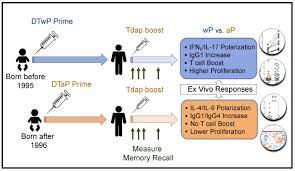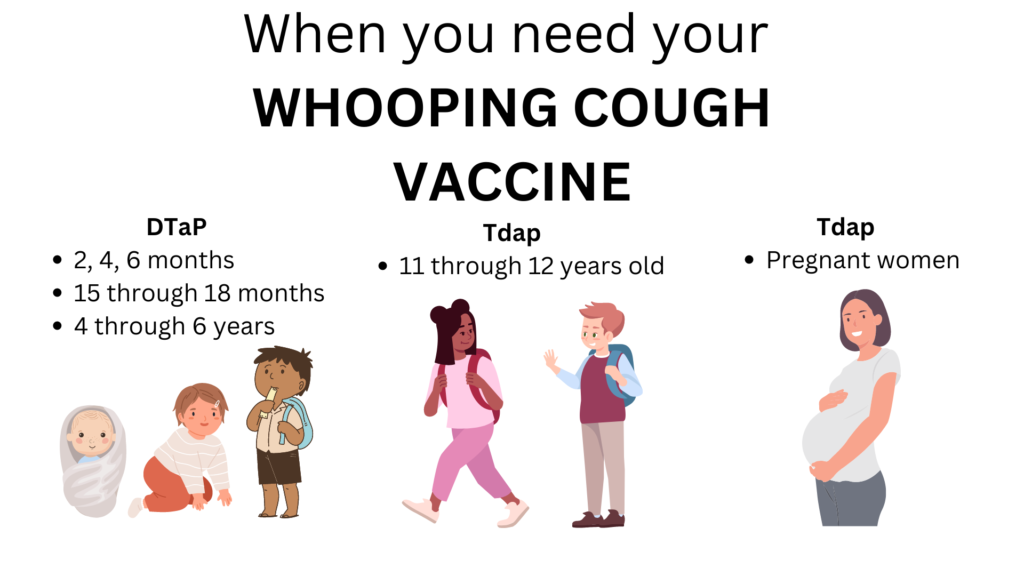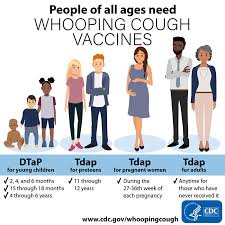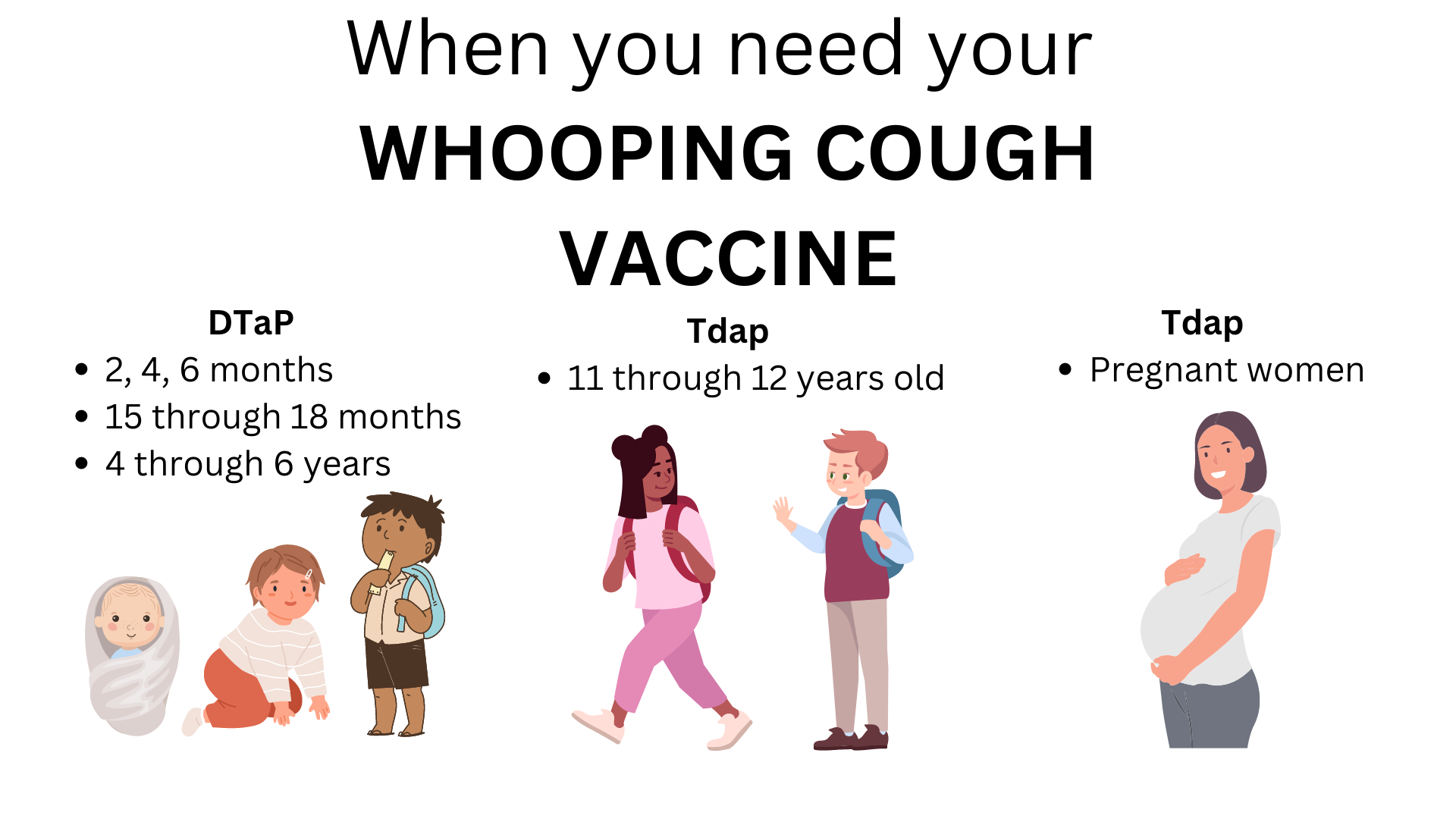Introduction to Whooping Cough (Pertussis) and Its Vaccine
Whooping cough, also known as pertussis, is a highly contagious respiratory disease that can be life-threatening, especially for infants and those with weakened immune systems. The introduction of the whooping cough vaccine has saved countless lives and drastically reduced the spread of this disease. But why is it so important to get vaccinated, and what are the long-term benefits of doing so? In this article, we’ll explore the significance of the whooping cough vaccine, its schedule, and the protection it offers across different age groups.

What Is Whooping Cough?
Definition and Symptoms
Whooping cough is a bacterial infection caused by Bordetella pertussis. It primarily affects the lungs and airways, causing severe coughing fits that can last for weeks or even months. The “whooping” sound—made when a person gasps for breath after coughing—is characteristic of the disease, though not everyone with pertussis will produce this sound.
Causes and How It Spreads
Whooping cough spreads through airborne droplets when an infected person coughs or sneezes. It is highly contagious and can easily be passed on to anyone who is not immune, particularly affecting infants, who are most at risk of severe complications.
Impact on Infants and Vulnerable Populations
Infants under six months are at the highest risk of hospitalization and death from whooping cough because they are too young to be fully vaccinated. The disease can lead to pneumonia, seizures, brain damage, and in some cases, death.

The Importance of Vaccinating Against Whooping Cough
Health Risks of Not Vaccinating
Failure to vaccinate against whooping cough can lead to severe outbreaks, particularly in communities with low vaccination rates. Unvaccinated individuals are at a higher risk of contracting and spreading the disease, putting newborns and those with weakened immune systems in serious danger.
Herd Immunity and Community Protection
Vaccination not only protects the individual but also contributes to herd immunity. This means that when a high percentage of the population is vaccinated, the spread of the disease is minimized, protecting those who cannot be vaccinated, such as newborns or people with certain medical conditions.
Examples of Outbreaks Due to Low Vaccination Rates
In recent years, areas with declining vaccination rates have seen a resurgence of whooping cough outbreaks. This highlights the ongoing need for high vaccination coverage to prevent the re-emergence of this dangerous disease.

How the Whooping Cough Vaccine Works
Mechanism of Action
The whooping cough vaccine works by introducing a small, inactive part of the pertussis bacteria into the body. This triggers the immune system to produce antibodies, which will recognize and fight off the bacteria if the person is exposed to it in the future.
Types of Vaccines Used (DTaP and Tdap)
There are two main vaccines used to prevent whooping cough: DTaP and Tdap.
- DTaP is given to infants and young children and protects against diphtheria, tetanus, and pertussis.
- Tdap is a booster shot for adolescents and adults, also covering diphtheria, tetanus, and pertussis.
Immune Response and Protection Timeline
After vaccination, the body takes around two weeks to develop protective antibodies. The full schedule of doses ensures long-lasting immunity, although booster shots are needed later in life to maintain protection.
Vaccine Schedule for Children
DTaP Schedule for Infants and Children
The DTaP vaccine is typically administered in a series of five doses:
- First dose: 2 months
- Second dose: 4 months
- Third dose: 6 months
- Fourth dose: 15-18 months
- Fifth dose: 4-6 years
Why Timely Vaccination Is Critical
Sticking to the recommended schedule is essential because it ensures that the child is protected as early as possible, particularly during their most vulnerable years.
Whooping Cough Vaccine Schedule for Adults
Tdap Schedule for Adolescents and Adults
For adolescents and adults, the Tdap vaccine is recommended as a one-time booster. The CDC recommends getting the Tdap vaccine between the ages of 11 and 12, with additional booster doses every 10 years.
Importance of Booster Shots
Immunity from the vaccine can decrease over time, which is why booster shots are important for maintaining protection, especially in adults who may be around infants.
Vaccination Recommendations for Pregnant Women
Pregnant women should receive a Tdap vaccine during each pregnancy, preferably between 27 and 36 weeks, to protect their newborn from pertussis in the first months of life.
Long-Term Benefits of the Whooping Cough Vaccine
Reduction in Infection Rates
Vaccination has led to a significant reduction in whooping cough cases, preventing thousands of deaths globally each year.
Decrease in Severe Complications and Hospitalizations
The vaccine reduces the risk of severe complications like pneumonia, brain damage, and death, especially in infants and the elderly.
Protection of Vulnerable Groups (Newborns, Elderly)
By vaccinating adults and adolescents, communities can protect their most vulnerable members, particularly newborns who are too young to be fully vaccinated.
Vaccination During Pregnancy
Why Pregnant Women Need the Tdap Vaccine
When pregnant women receive the Tdap vaccine, they pass on antibodies to their baby, providing critical protection in the first few months of life before the baby can receive their own vaccines.
Benefits for Newborns (Transferred Immunity)
This transferred immunity is vital in preventing newborns from contracting whooping cough, a disease that can be fatal in early infancy.
Safe Timing for the Vaccine During Pregnancy
The vaccine is safe to administer between 27 and 36 weeks of pregnancy, ensuring optimal antibody transfer to the baby.
Addressing Vaccine Myths and Concerns
Common Misconceptions About the Whooping Cough Vaccine
There are several myths surrounding the whooping cough vaccine, such as claims that it causes severe side effects or isn’t necessary. However, these are unfounded, as the vaccine has been proven to be both safe and effective.



